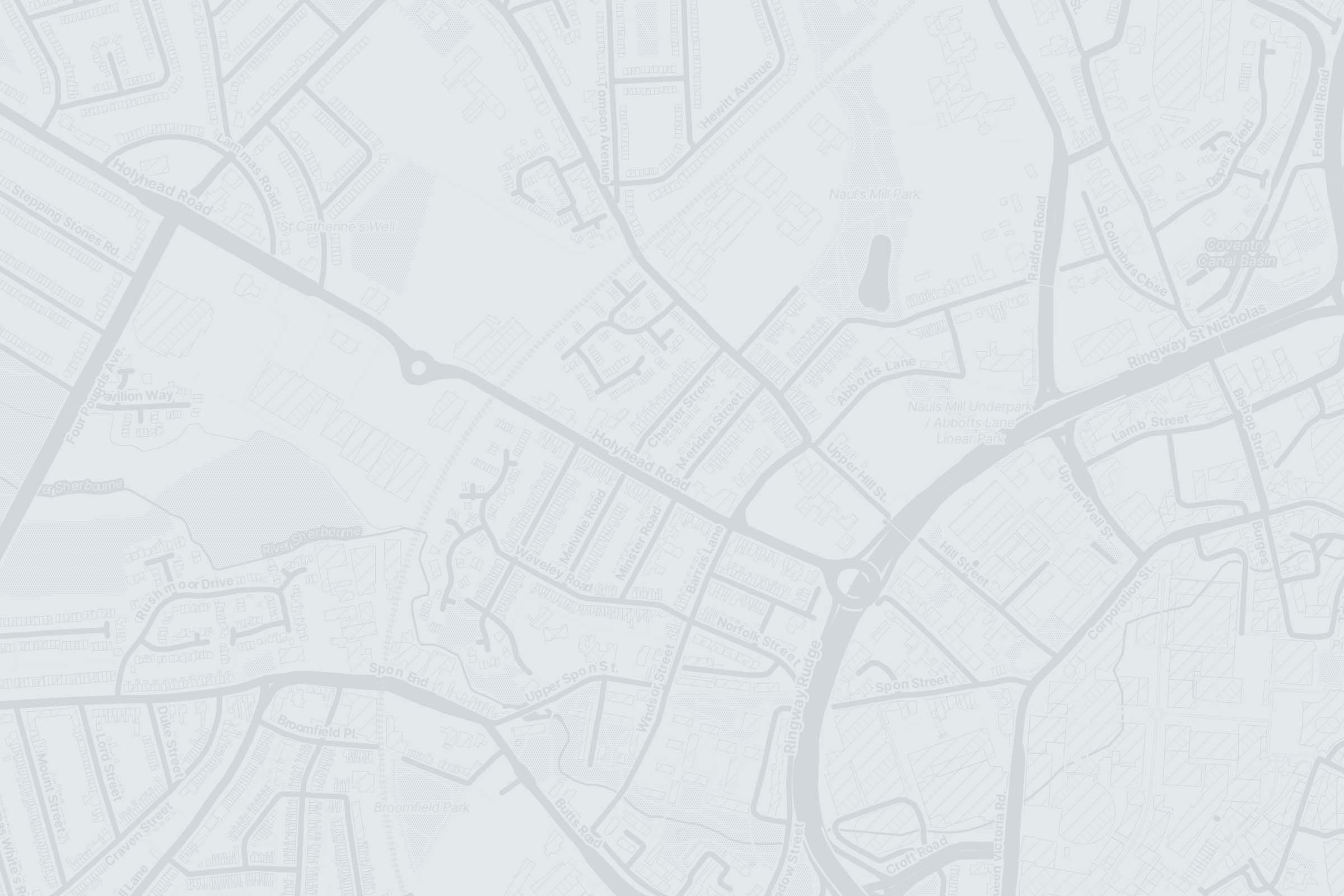
Jump to the Policy Recommendations | Research Findings
Cambridge Observatory
Using a disability rights-informed perspective to understand how civic AI systems intended to minimise congestion and optimise flow might impact accessibility for everyone in shared urban space.
Collage based on image taken by an observatory participant; [CC-BY-NC-SA]Encountering Access Issues in the Day-to-Day
How might participatory research in the street help us understand the intersections of environmental design, access standards and lived experience? The Cambridge observatory brought together council workers with researchers through a participatory method of walking together called the Access Data Walk.
This participatory approach contrasts with ‘being shown’ inaccessibility through slides in the classroom, for instance, pictures of ramps outside buildings. Ramps suggest entry into buildings; the Access Data Walk asks about how disabled people move through the streets.
The problem identified by the council was that risk-taking and accidents were occurring at certain crossings because of the mixed and diverse speeds of mobility, and limited space. AI technologies are thought to potentially mitigate risks by generating data about mobility in order to predict and manage vehicular and pedestrian traffic flows. Data about traffic flows can also potentially inform future housing plans.
The access data walk draws attention away from AI as a problem-solver, and towards the reality of urban infrastructure which is where AI will be integrated. The disability rights approach emphasises how people with limited mobility, from wheelchair users to people with pushchairs, move differently through a city, such as by orienting to blister paving, or requiring smooth surfaces and step-free access.
In some well-publicised instances in the US and UK, delivery robots stalled, obstructing the path of a woman in a wheelchair, and in the work of firemen on duty. In another case, a delivery robot could not identify the white cane of a blind user. With the increased presence of AI-enabled technologies likely on our streets, the Observatory wanted to highlight the specific requirements of disabled people for better urban infrastructure overall.

“It’s funny how drains take precedent over blister paving. It feels like there’s a hierarchy to the street”
– Council worker, referring to the obstacles facing disabled people in the street.
Methodology
‘Access Data Walks’, a participatory research method created by Louise Hickman, builds on the work of Alison Powell.
In this observatory, Hickman, who is a wheelchair user, takes participants on a walk through central Cambridge, inviting them to observe how we interact and move differently through the city’s built environment, and the kinds of data that we use to navigate in this shared space.
This method intends to activate attention to the interactions between built environments, lived experience, and urban data.
In the Cambridge Street Observatory data walk, seven participants were each provided with a laminated map of the walking route, a clipboard, and pens. There was also an instant film camera, which was to be passed between participants during the walk. Participants could also use their own mobile phones to take photographs.
We asked participants to mark things on the map that occurred to them as interesting or unusual observations about urban infrastructure and mobility. The walk is supposed to be slow and meandering, giving people time to start observing the city from the perspectives of others in the group.
Louise had plotted the route beforehand, to ensure that it would be doable in the time we had allotted for it, and to ensure that it was accessible and where it was not. The walk culminated at a particularly difficult crossing identified as such because of the risk of accidents there. We also passed crossings at which AI technologies had been installed.
After the walk, there was an opportunity for participants to have lunch and debrief on their experience. This was valuable as it allowed the group to talk through their observations with each other and offered researchers more context and insights.
Participants
We worked with local council employees, and with the Greater Cambridge Partnership. The Greater Cambridge Partnership is the local delivery body for a City Deal with central Government, bringing investment to create improvements in infrastructure, create new jobs, new homes and additional apprenticeships. The partnership of councils, business and academia work together with partners and local communities, to grow and share prosperity and improve quality of life for the people of Greater Cambridge, now and in the future.
The five Greater Cambridge Partnership partners are:
Maya Indira Ganesh - Associate Director (Research Partnerships) and Senior Research Associate at the Leverhulme Centre for the Future of Intelligence at the University of Cambridge, UK. https://bodyofwork.in
Louise Hickman - Artist, Activist and Research Associate at the Minderoo Centre for Technology and Democracy at the University of Cambridge https://louisehickman.uk

“This is not CCTV.”
– Notice to the public from a tech company stuck on a lamppost letting citizens know their data was being collected for road usage monitoring, and not to surveil them.
What We Observed

“Perhaps if we collected more data, we could unclutter the street”
– Council worker, suggesting that AI technologies might help navigate the shared and cramped space of the street better by making it clearer how to move and where to move.

Research Findings in Depth: The Observatories
-

Cambridge, UK
What data do disabled people need to move through the street, and how does urban infrastructure interact with the lived experience of access needs?
-

Coventry, UK
How does the AI infrastructure needed for autonomous vehicle trials impact other human and more-than-human users of the street - and how might we see and hear the effects?
-

Edinburgh, UK
Engaging with residents and users of Leith Walk, seeking to capture everyday encounters with AI and understand people’s views of AI’s impact on the street.
-

Logan, AUS
Logan is one of the world’s largest drone delivery trial sites. But what do locals feel about the presence of commercial and autonomous drone delivery systems in their neighbourhood?
-

London, UK
How does AI fulfil expectations, desires and requirements in the street, and what complications does it create? Might innovation emerge from community-driven (rather than industry-led) design?





